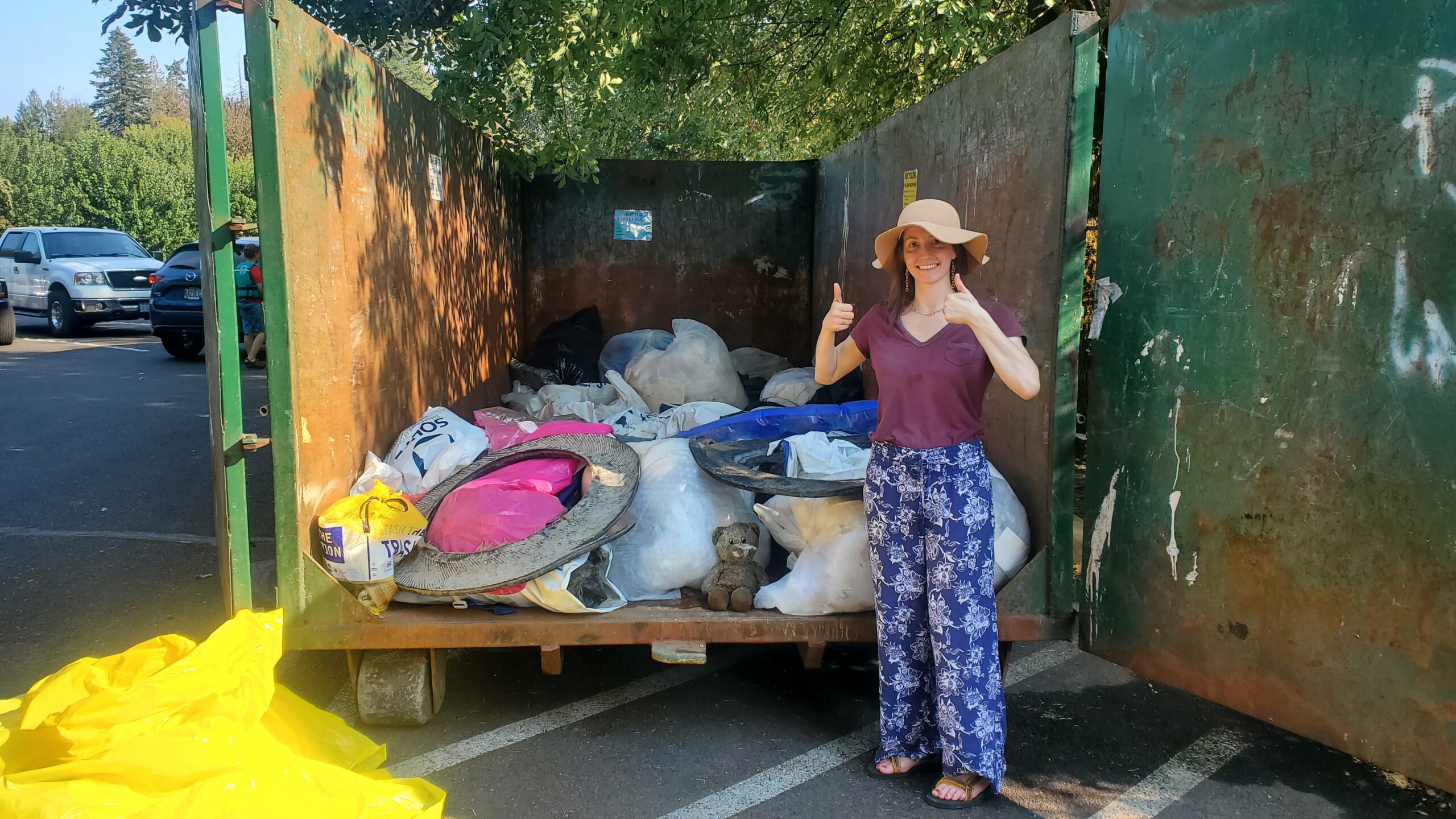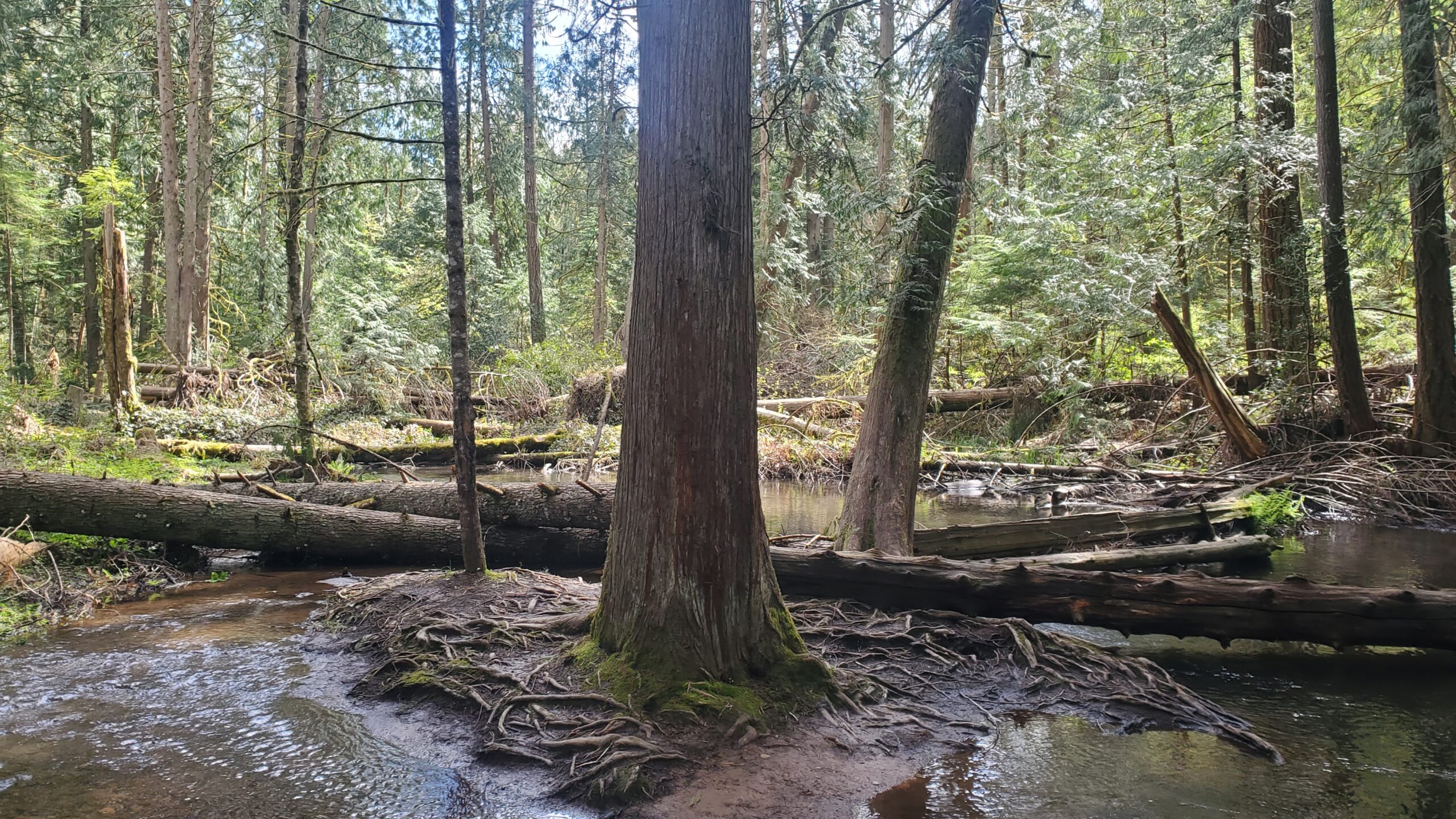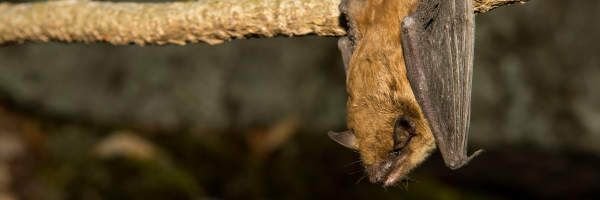So first with the not so happy news: in the last 50 years, Earth has lost 68% of its fauna, 84% of its freshwater species, and 85% of its wetlands. What’s more, 2.5% of our planet’s animals have already gone extinct.
But you can help! The time is NOW to protect our wild places and creatures from further harm.
Right here in the Clackamas watershed, you can help protect our local biodiversity. Here are some ideas:
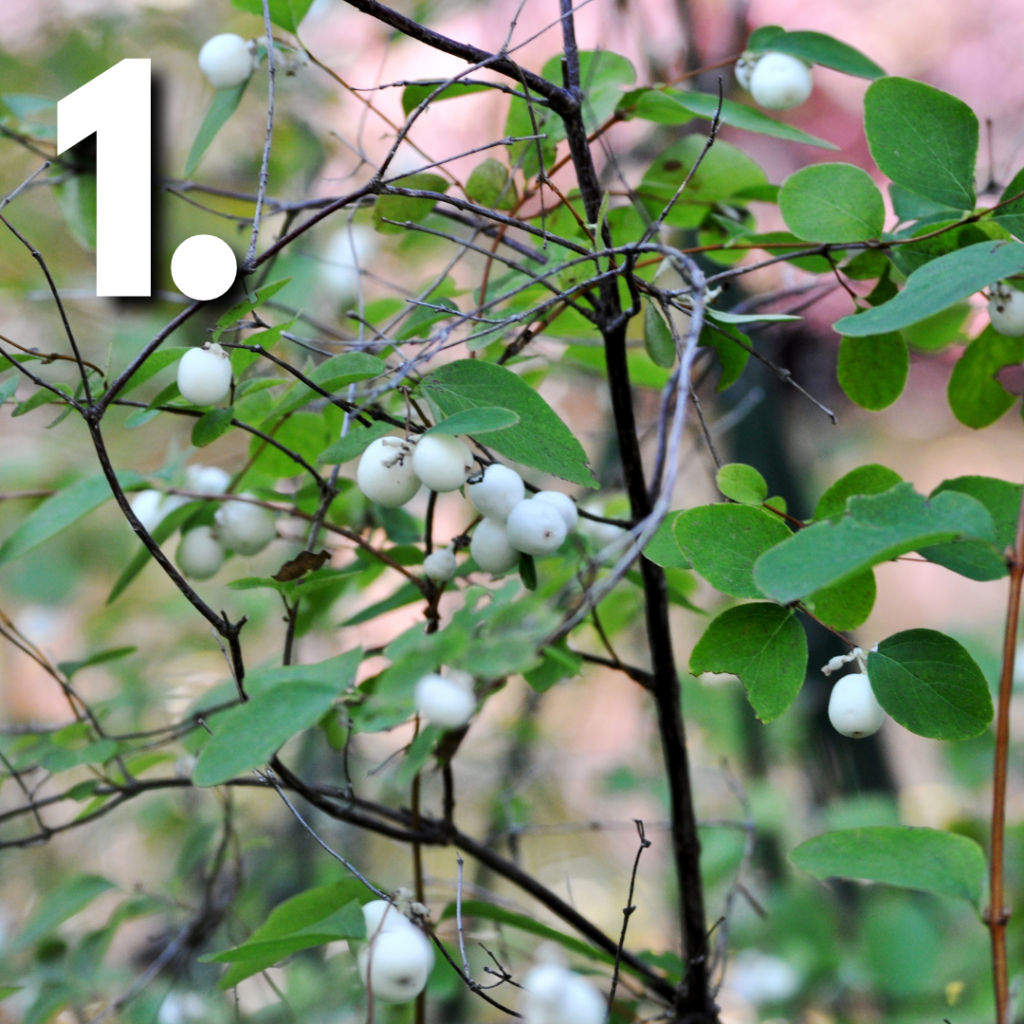
1. Plant native
Wherever you are, your local wildlife have special relationships with plants native to your region. As much as 90% of our insects, such as butterflies, bees and beetles, require a native plant to complete their life cycle. Native plants are also adapted to our climate and will require less maintenance and watering and are naturally pest resistant. The snowberry pictured here has numerous benefits for many types of wildlife including pollinators, birds and mammals.
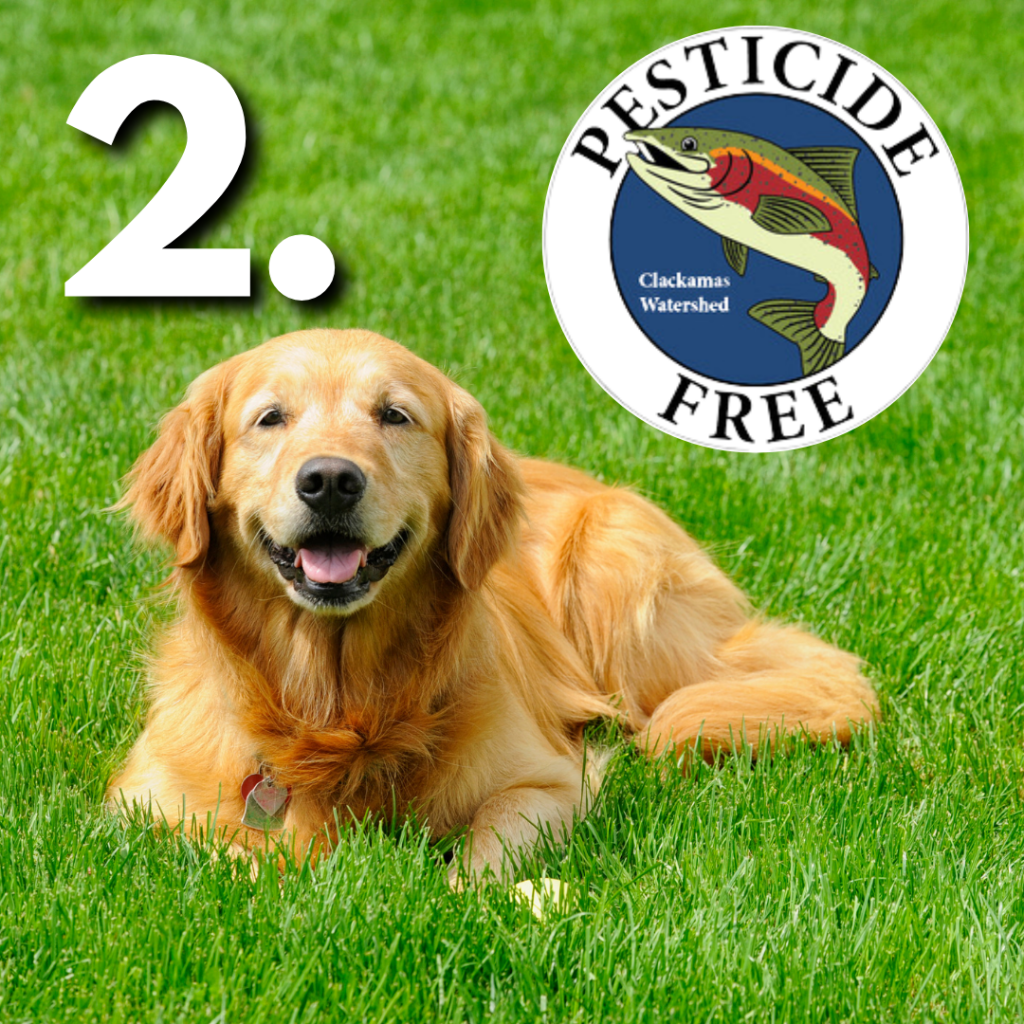
2. Avoid chemical pesticides and herbicides
Pesticides do not discriminate between the “bad bugs” and the “good bugs.” These chemicals are toxic to birds, fish, beneficial insects and non-target plants. It’s hard to justify the use of pesticides in our home gardens or local communities unless to provide line of sight or measures are needed to control an invasive species. If you live in the Clackamas Watershed, please take our Pesticide Pledge and we’ll send you a free yard sign!
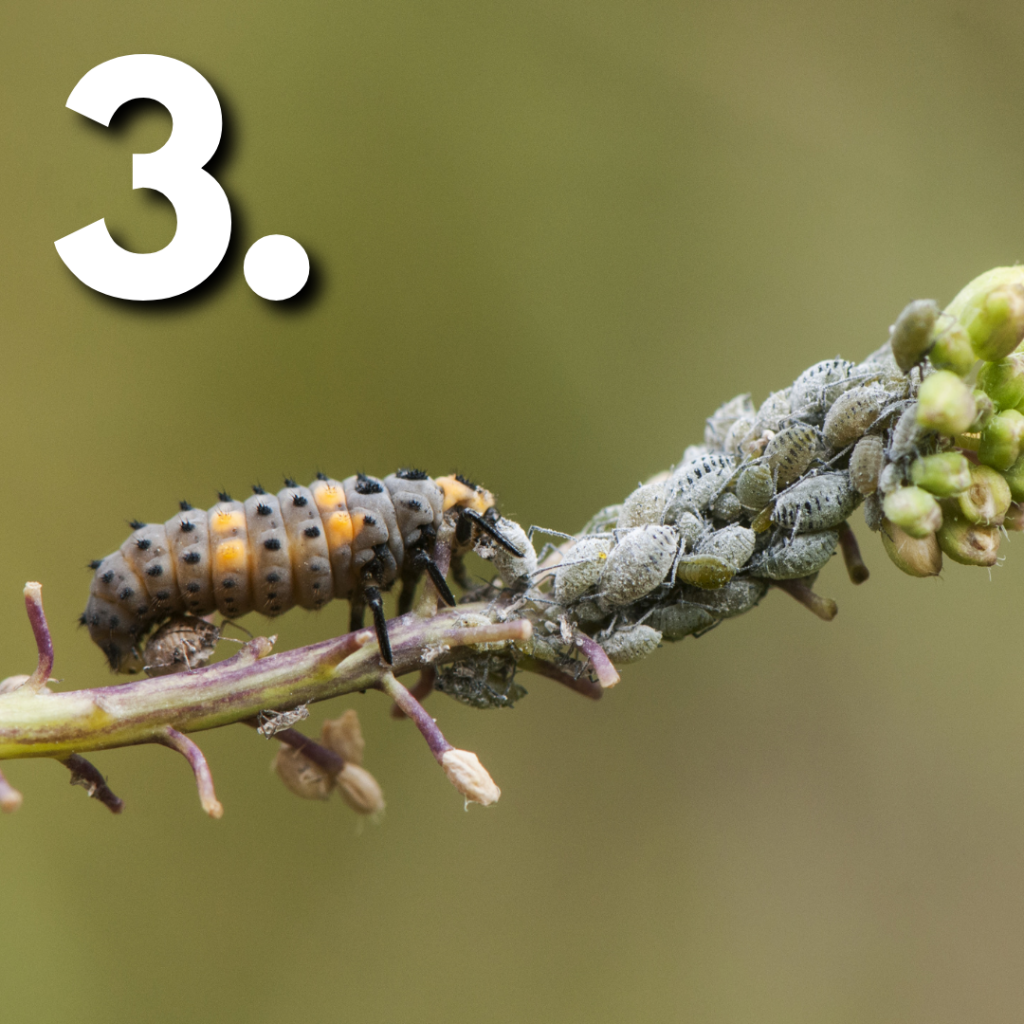
3. Change your yard standards
Rethinking the amount of pest damage you can handle will have a HUGE impact for biodiversity. Yes, insects will chew some leaves and dandelions may sprout. Being ok with a little pest damage will make all the difference. If we let nature do its thing, natural solutions will begin to emerge! A biodiverse yard will attract beneficial insects, like this ladybug larvae helping out with aphids.
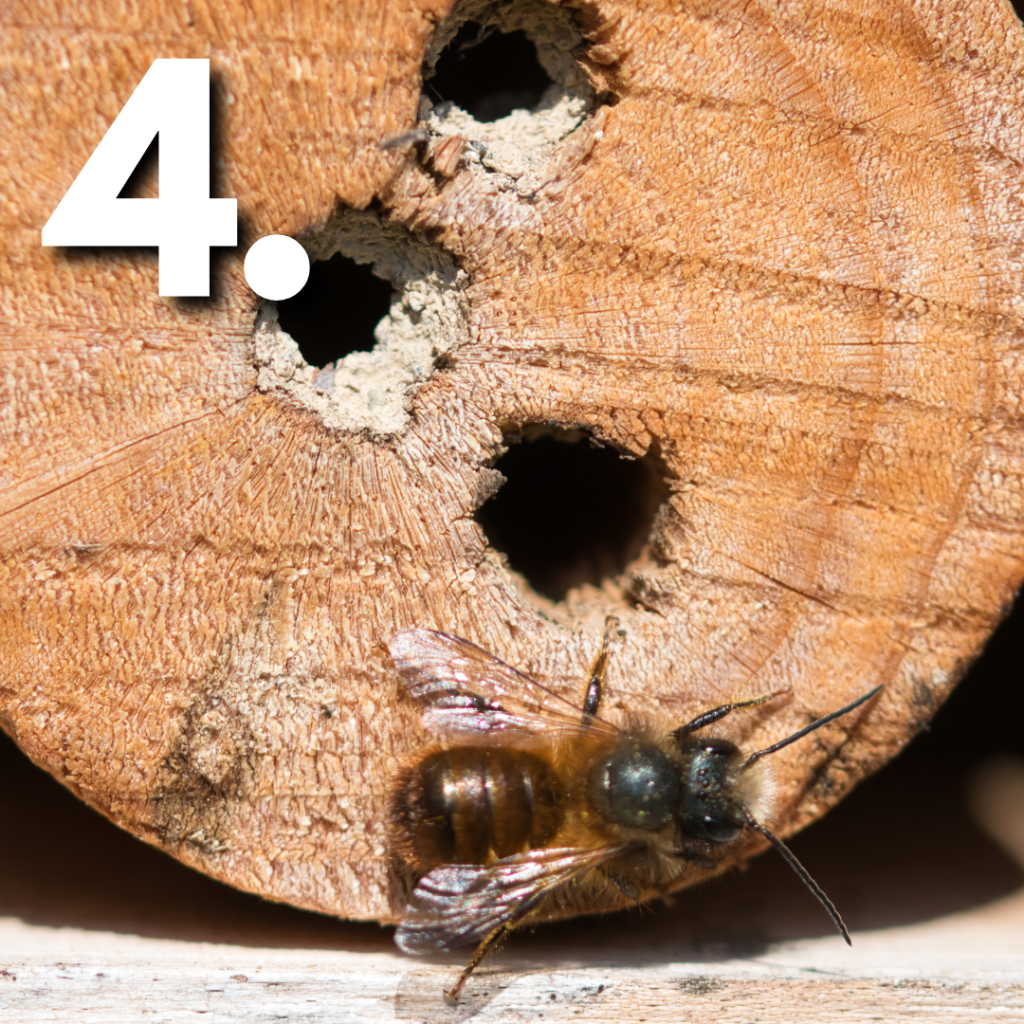
4. Attract native insects, birds and mammals
Providing wildlife with native plants, water features, stick and wood piles, and other habitat structures will create a more welcoming space for diverse wildlife communities. You can create mason bee homes by simply drilling 1/4 to 3/8 inch diameter holes that are 6″ deep in non-pressure treated wood (not cedar). The holes need to be open only on the entry end. Want to help mason bees? You can create mason bee homes by simply drilling 1/4 to 3/8 inch diameter holes that are at least 3 to 6 inches deep in non-pressure treated wood (or cedar). The hole should be open only on the entry end.
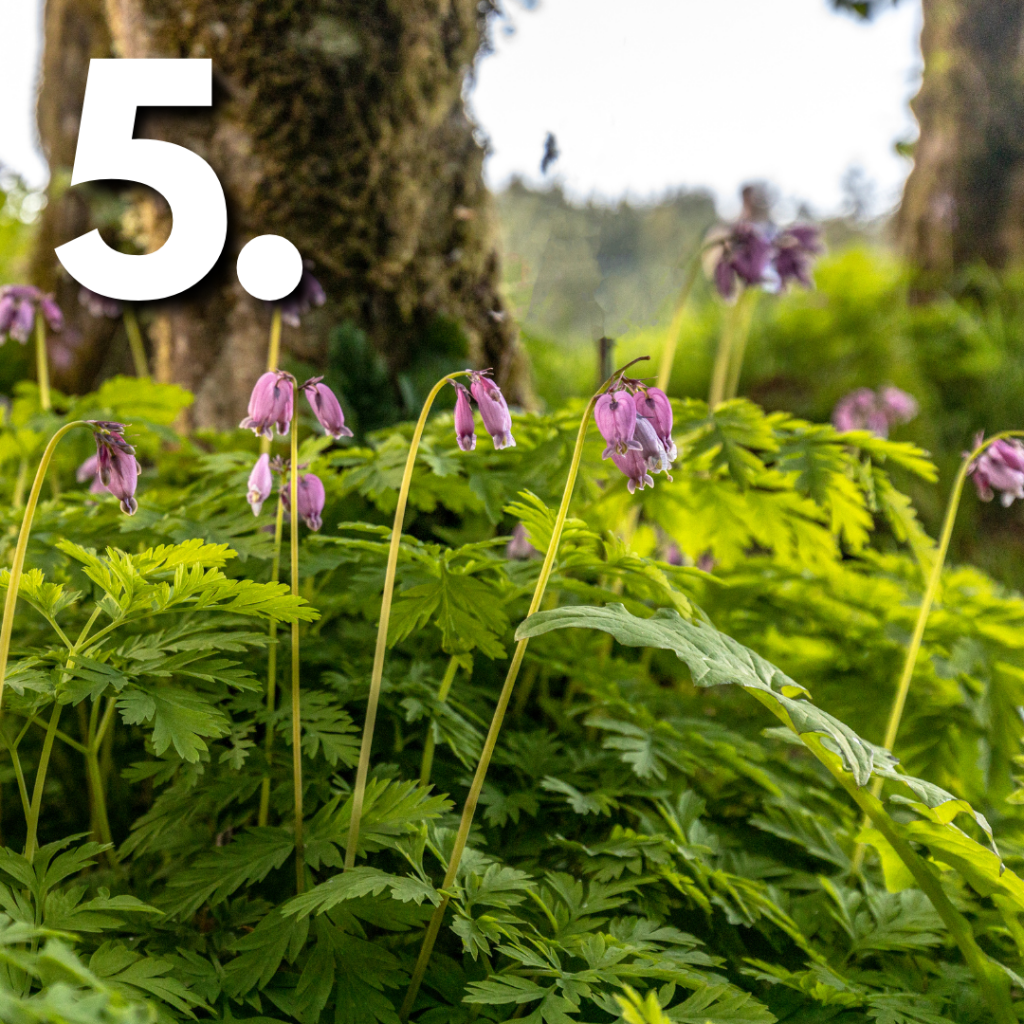
5. Protect natural habitats
Do you have stands of trees, wetlands, or grasslands on your property? How about an area with native shrubbery? Consider leaving as much as you can for wildlife. You can even create these habitat types on your property, large or small, to mimic natural habitats for wildlife.
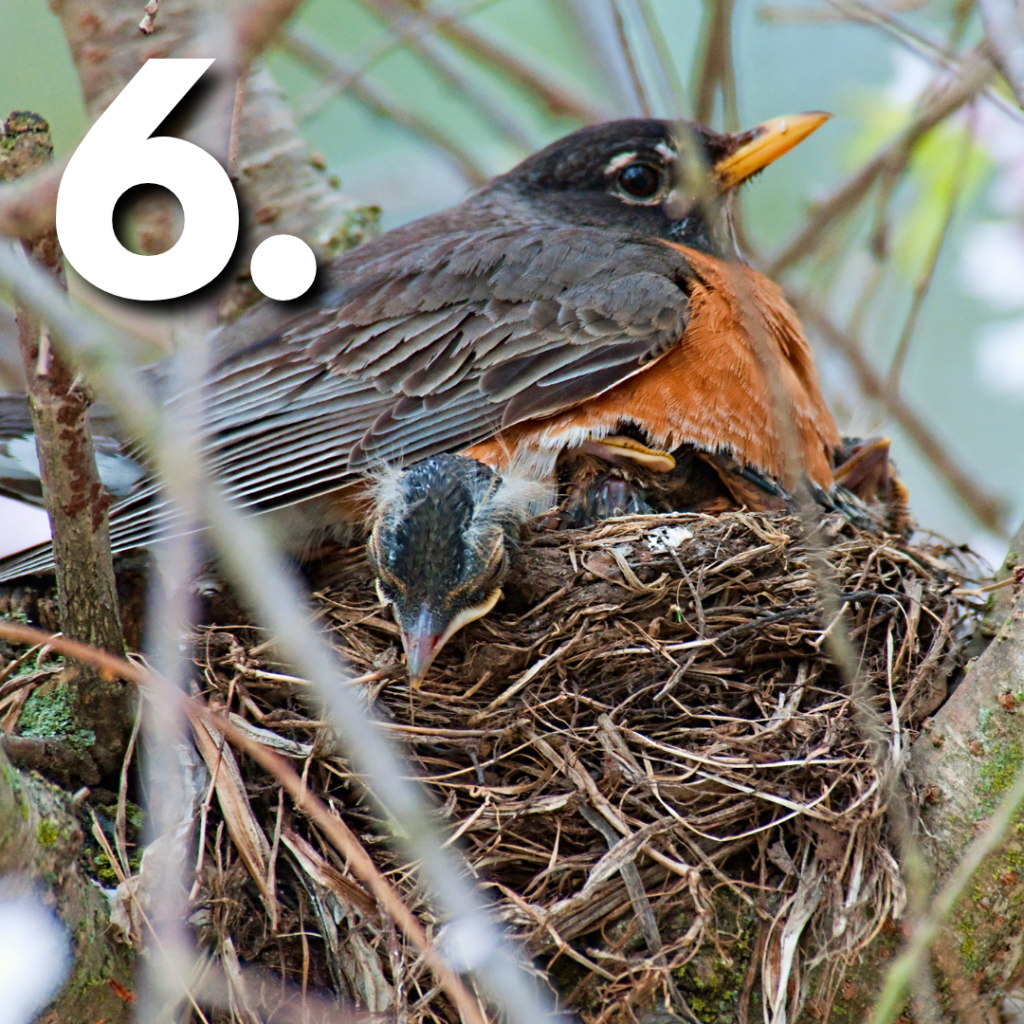
6. Avoid pruning trees in spring
We know, the sun just came out! But spring is the time of year when birds are building nests and rearing young. Pruning trees this time of year can destroy nests and kill birds. The best time to prune trees in September to February! The birds will thank you.

7. Leave the leaves
Myth: leaves kill grass. Leaves get a bad rap and we have become accustomed to removing every bit of fallen tree material disregarding it as yard debris. But leaves provide a natural mulch and can suppress weeds and fertilize the soil as they break down. What’s more, these fallen leaves will provide wonderful wildlife habitat for a host of insects, birds, amphibians and beneficial soil microbes.
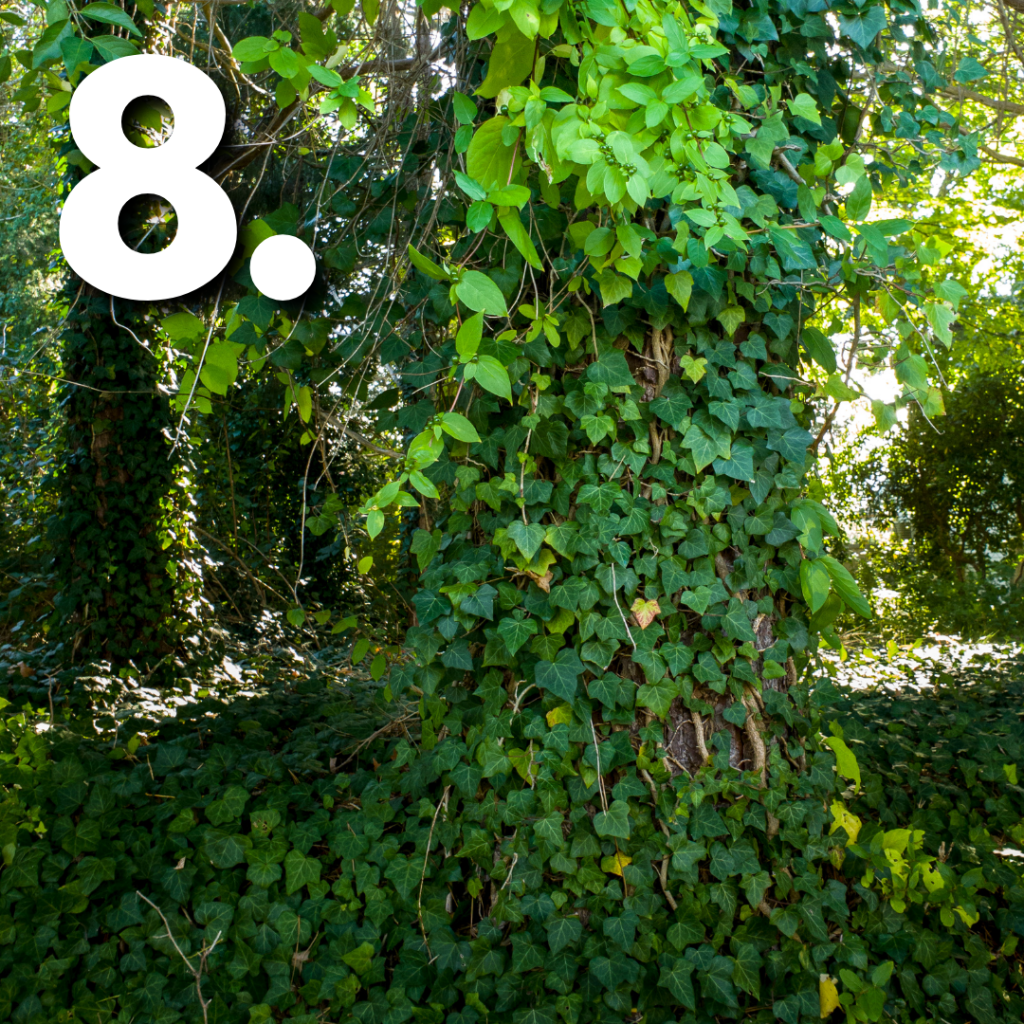
8. Pull noxious weeds
Weeds like Himalayan blackberry and English ivy are serious threats to biodiversity. They outcompete native species and completely take over natural areas. In the Clackamas watershed, you will see entire areas where these weeds have taken over. You can pull ivy pretty easily by hand, blackberry needs to be dug up. If you have it at home, please pull it!
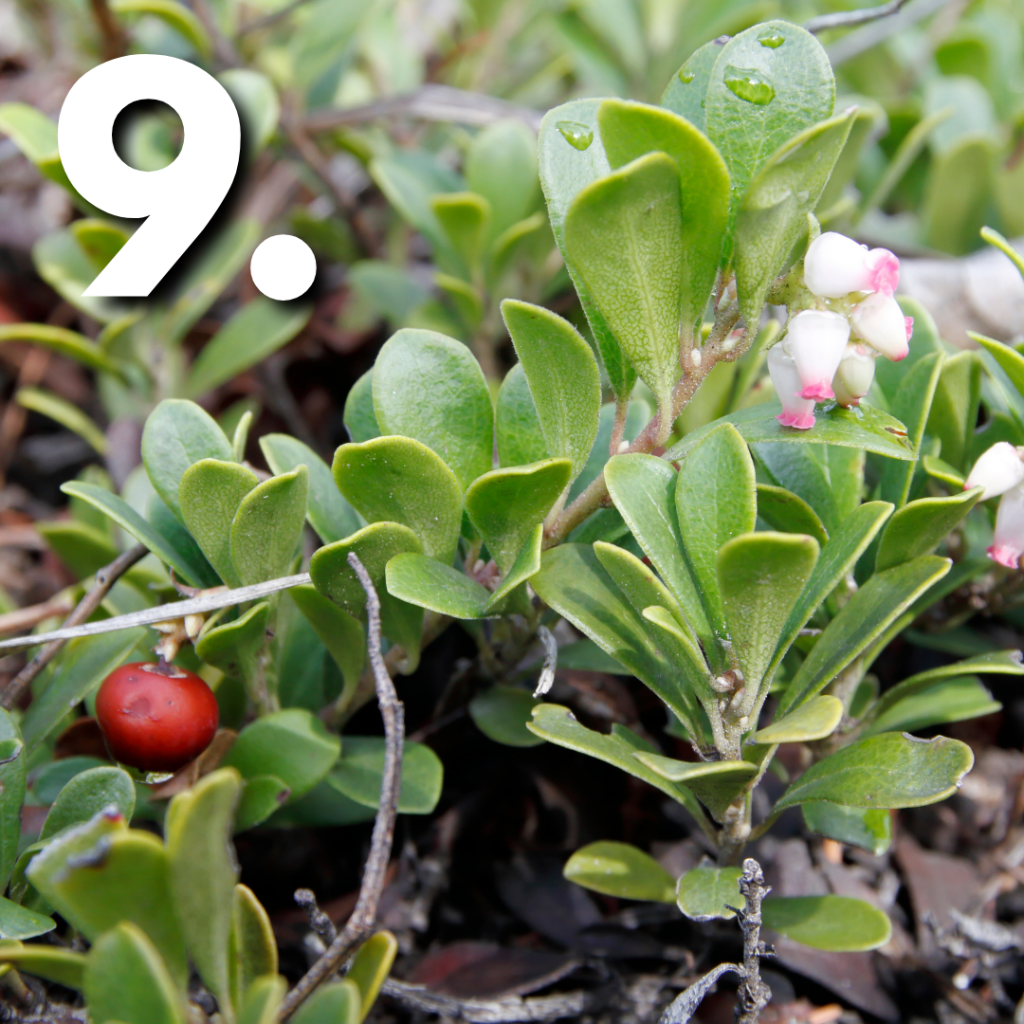
9. Reconsider your lawn
Lawns look lush and green but they are actually biodiversity deserts offering little to no value for wildlife. Consider replacing your lawn with native plants, grasses, wildflowers, forbs and sedges or even a pollinator garden. Native plants
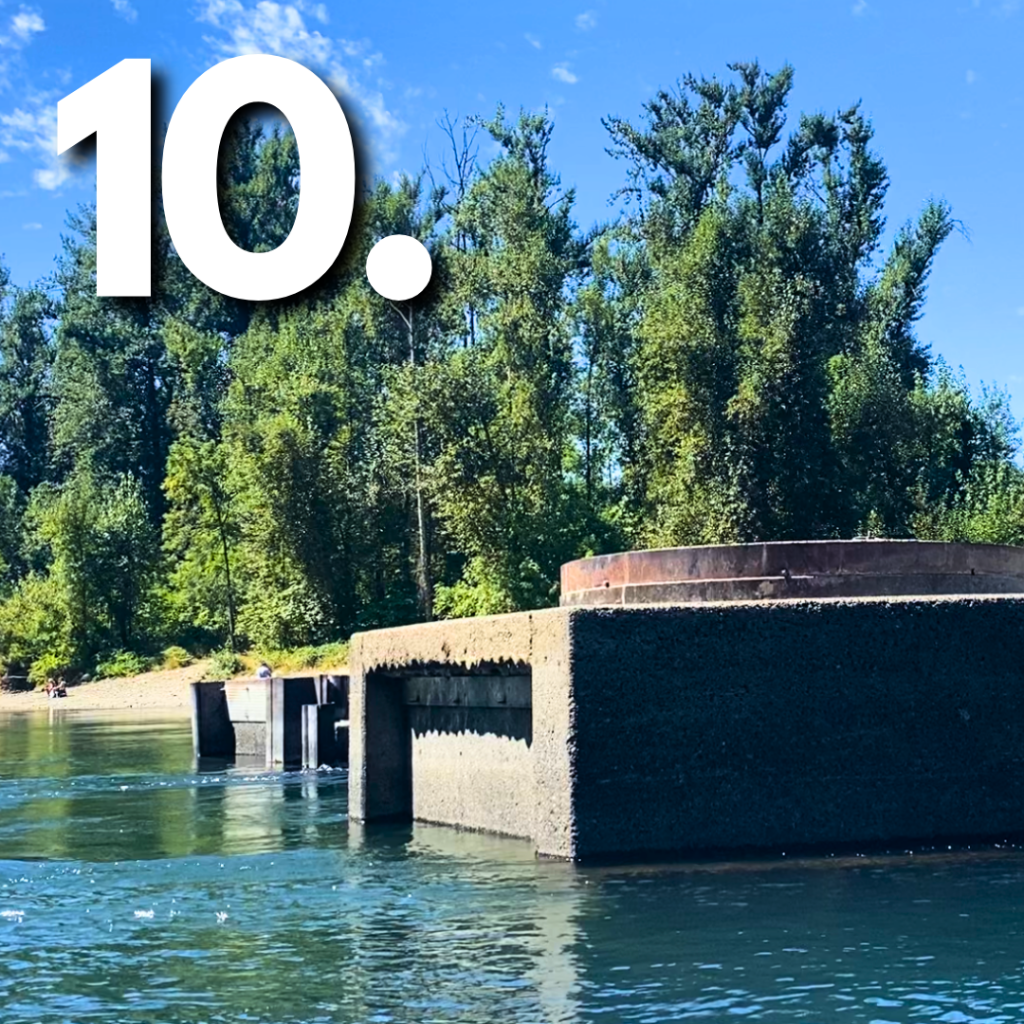
10. Conserve water
Here in the Clackamas watershed an abundance of wildlife require an abundance of local fresh water. The Clackamas River is home to threatened and endangered salmon and steelhead as well as freshwater mussels, otters, beavers, birds, frogs and salamanders. In addition, the Clackamas River provides driking water to over 300K Oregonians. Try taking shorter showers, turning off water while washing hands, and letting the grass go brown are all ways to conserve water.
Want to support the Clackamas River Basin Council’s work? Please consider a donation to help us provide vital habitat for fish and wildlife in the Clackamas watershed:


